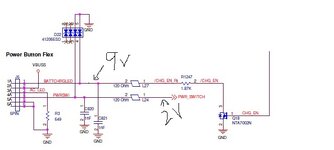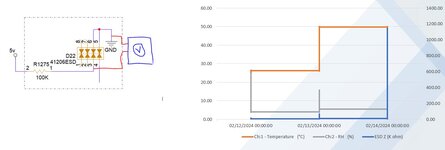shaan122
Newbie
Would conductive anodic filament (CAF) formation occur internal to the Diode? Are there any technical papers related to that? I am facing a component failure unrelated to ESD and after exposed to high temp (45C) and low humidity (6% RH) conditions, the issue is getting resolved. The diode is 41206ESD and it is used in the power on circuit. This is preventing device to not power on/restart, etc. Intermittent behavior. Any suggestions would be appreciated.
Thanks.
Thanks.

